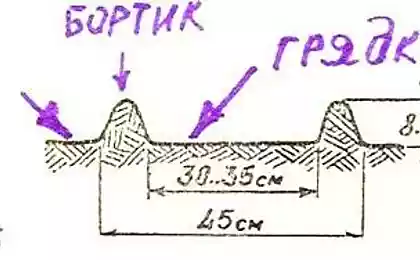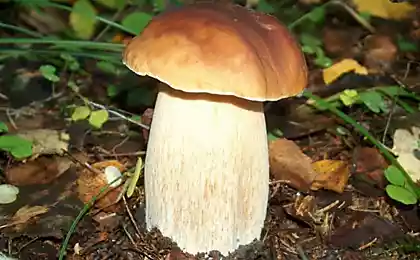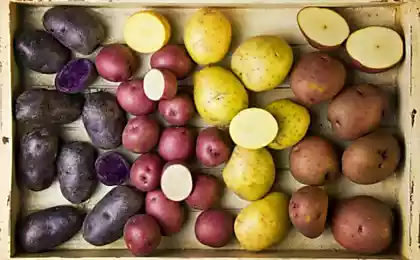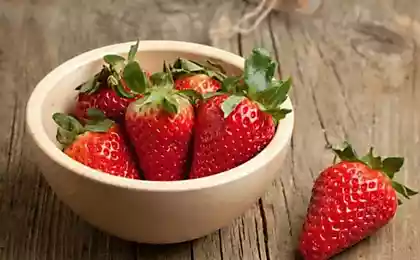401
Cultivation of scorzonera in the garden
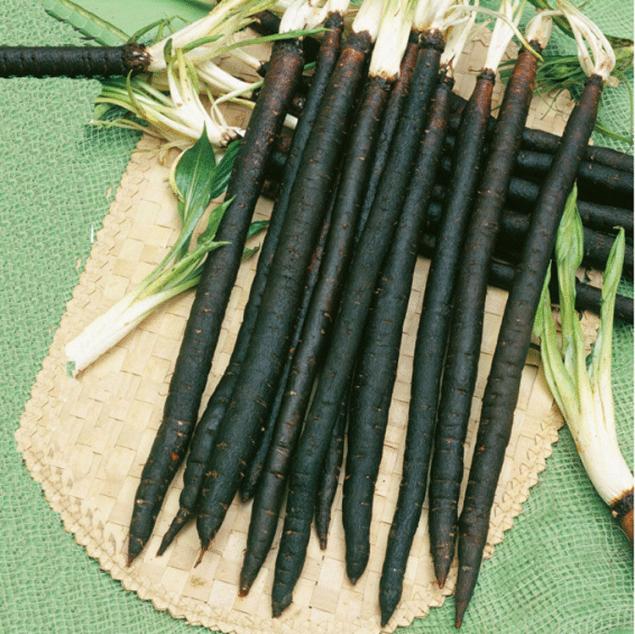
Scorzonera (Scorzonera hispanica) came to us from southern European territories where this root vegetable has been cultivated since the XVI century under dissimilar names: scorzonera Hispanica, black carrot, sweet root or daikon European. Quite successful vegetable crop cultivated in the regions of Western Siberia, Altai and Caucasus. Despite the abundance of wild varieties of plants of scorzonera, which more than 160, nutritional value do not represent more than 20 varieties.
Black carrot is a perennial vegetable culture, but in our region the root is grown as a biennial. According to agronomic characteristics of the plant is virtually indistinguishable from the carrot, parsley root or parsnip, so that you can grow on a plot of scorzonera is available to any gardener.
In the national agricultural seeds scorzonera are mainly represented by varieties: Premier Solar, Volcano, Common giant, Black Peter, Gigantic and Black Lisa.
For the cultivation of root vegetable in the suburban area of seedling cultivation in the spring is not carried out, the black carrot seeds can be sown directly into open ridges with rows spaced every two feet or a lowercase "tape". The first seedlings usually appear on the seventh day, at the same time formed a few leaves. For productive vegetation-rooted seedlings should be thinned out, leaving between shoots space on the width of the palm and occasionally the younger Spud vegetable crop loosened soil.
Korablekrushenie scorzonerifolium fast enough. He is black and has a fleshy lanceolate light green leaves. Depending on the varietal form of the root is fusiform or conical shape with an inner white texture, often grow up to 40 cm in length and a meter tops above the surface. Richness of useful biological elements of scorzonera is the greater, the bigger its root, therefore, contribute to the accumulation of its mass, in a timely manner making beds of mineral compositions for food and decomposed organic matter.
The vegetation period of culture on average 100 days and black carrots it is advisable to use in crop rotation as a vegetable comfortable developing in areas after green-spicy, pumpkin and even of solanaceous crops, with the exception of bulbous plants.
For seeds of any plant varieties with subsequent cultivation is necessary to leave part of the adult specimens in the second year, no digging in the autumn. By this time, formed the peduncles yellow, clearly emphasizing the scorzonera belonging to the Asteraceae family.
Salsify is not fastidious to soil fertility and ability to get along with even on soils not suitable for agricultural use, but as an Amateur farming aimed at obtaining qualitative and beneficial organisms, roots, culture must be placed on well-groomed, rich food loose soils. Black carrots are well enough adapted to the Russian climate, and without prejudice to tolerate the winter months under a layer of straw mulch and snow cover.
Harvest is possible in the fall or early spring before thawing of the soil. The digging should be done carefully, to avoid damage, as damaged roots of scorzonera cannot be stored. Healthy black carrots in the mud for quite a long time does not lose its nutritional value after harvest it is stored also in the cool, and beets — in boxes with river sand mixed with a part of chalk powder (not lime).
Wide primaniyarta have scorzonera in cooking. For the preparation of various dishes using not only the roots but also the leaves of the plant. Green leaves are added to salads, in preserves, and pickles, and root vegetables are the ingredient for the first and second courses. To clean the vegetable from coarse and thick skin, you need a few minutes to soak it in warm water and after steeping in the cold, at the same time, removing in this way the surplus of the milky juice. In the subsequent black carrots can be boiled, dried or fried with breadcrumbs. Dried sliced is used as a flavoring substitute for nuts, consuming them in small portions, similar to eating a bag of chips.
Spanish roots – acknowledged value culture that contains a large amount of protein compounds, fat and carbs as well as magnesium, potassium, iron, vitamins A and b, most of which are well absorbed by the body. Sweet root is recommended to include in the diet in diabetes: it is composed of inulin and aminobensana acid.
Source: ayatskov1.ru
Minsk tractor works— agricultural machinery for all needs
Denmark will help Tatarstan to improve energy efficiency





